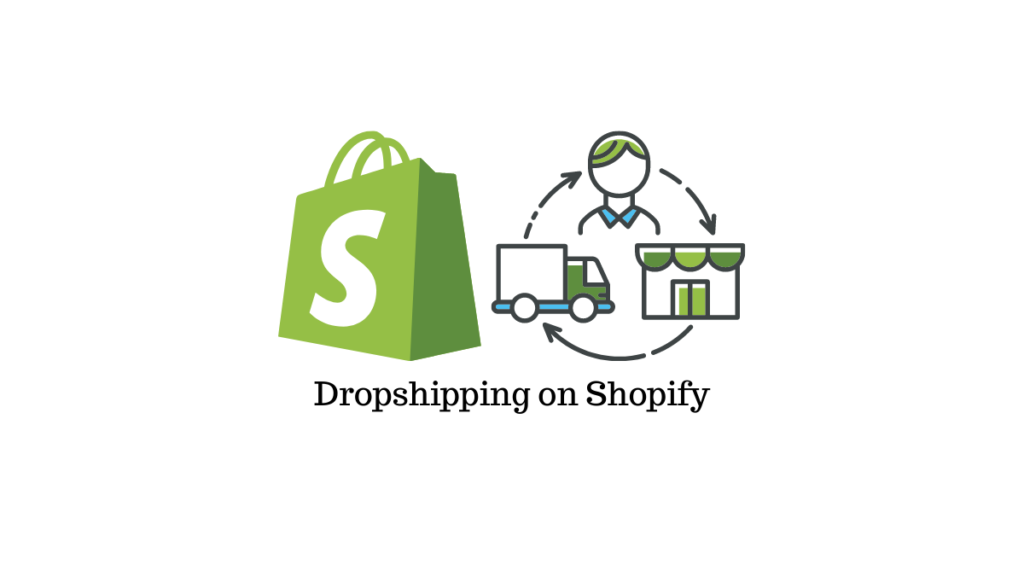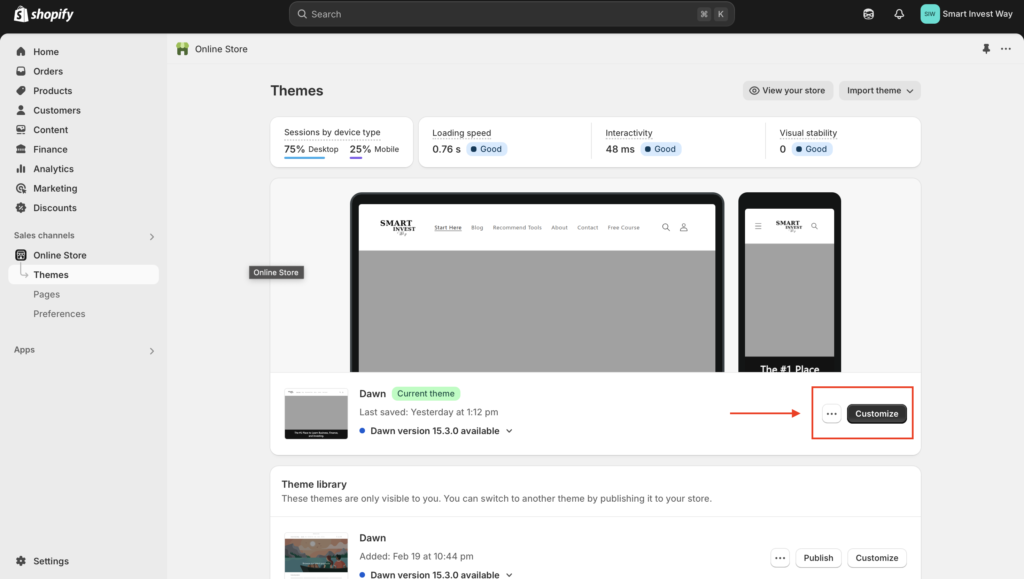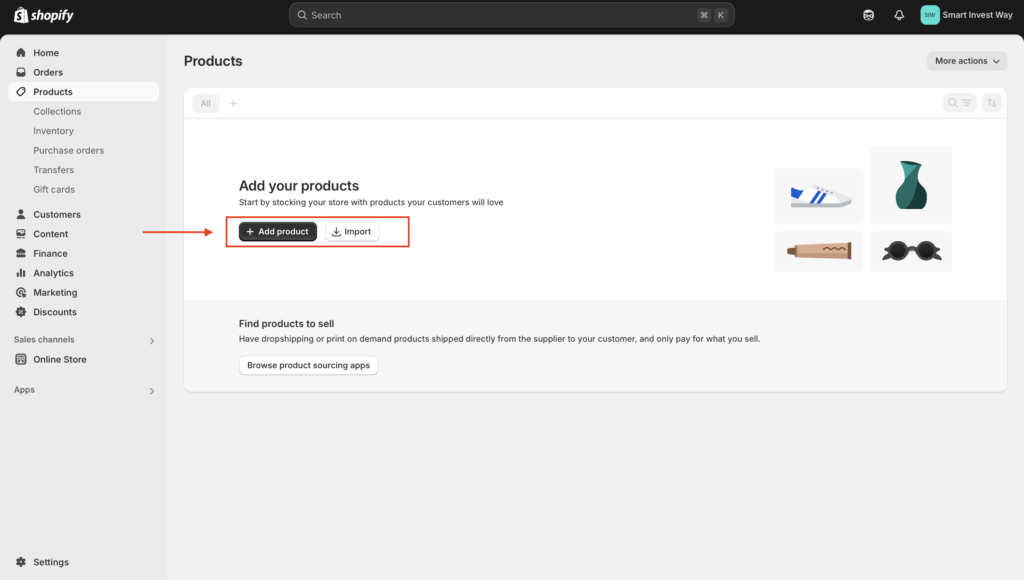Learn how to start and scale your dropshipping business with this easy step-by-step guide,Embarking on the journey of Shopify dropshipping in 2025 offers entrepreneurs a streamlined path to enter the e-commerce realm without the complexities of inventory management. This comprehensive guide will navigate you through each phase, ensuring a solid foundation for your online business.
What is Dropshipping?
At its core, dropshipping is a retail fulfillment method where an online store doesn’t stock the products it sells. Instead, when a customer places an order, the store purchases the item from a third-party supplier, who then ships it directly to the customer. This model eliminates the need for inventory storage, reducing overhead costs and simplifying operations.
Why Choose Shopify for Dropshipping?
Shopify stands out as a premier e-commerce platform, offering user-friendly tools and integrations tailored for dropshipping. Its intuitive interface, coupled with a vast array of apps, makes it an ideal choice for both novices and seasoned entrepreneurs aiming to establish a robust online store.

Step 1: Determine If Dropshipping Aligns with Your Business Goals
Before diving in, assess whether the dropshipping model aligns with your objectives. While it offers low startup costs and flexibility, challenges like lower profit margins and reliance on suppliers exist. Ensure this model complements your business vision and capabilities.
Step 2: Select a Profitable Niche
Identifying a profitable niche is pivotal. Focus on areas that resonate with your interests and exhibit market demand. Utilize tools like Google Trends to analyze search patterns and identify trending products. A well-chosen niche can set the foundation for your store’s success.
Step 3: Conduct Competitor Analysis
Understanding your competition is crucial. Analyze other businesses within your chosen niche to identify their strengths and areas for improvement. This insight will help you differentiate your store and develop strategies to capture market share.
Step 4: Find Reliable Suppliers
Partnering with dependable suppliers ensures product quality and timely delivery. Platforms like AliExpress offer a vast network of suppliers suitable for dropshipping. Evaluate potential partners based on product quality, shipping times, and customer reviews to establish a reliable supply chain.
Step 5: Build Your Shopify Dropshipping Store
Creating an engaging and functional Shopify store involves several key steps:
- Sign Up for Shopify: Begin with a free trial to explore the platform’s features
- Choose a Domain Name: Select a domain that reflects your brand and niche.
- Select a Theme: Opt for a responsive and visually appealing theme that enhances user experience.
- Customize Your Store: Tailor the design, layout, and content to align with your brand identity.
- Set Up Payment Gateways: Enable secure payment options to facilitate smooth transactions.

Step 6: Add Products to Your Store
Integrate products into your store by:
- Using Dropshipping Apps: Apps like Spocket and Oberlo connect you with suppliers and streamline product importation.
- Manual Addition: For unique products, manually add them by inputting detailed descriptions, high-quality images, and pricing information.

Step 7: Optimize Product Listings
Enhance your product listings by:
- Writing Compelling Descriptions: Highlight features and benefits to engage potential buyers.
- Using High-Quality Images: Clear, professional photos build trust and showcase products effectively.
- Implementing SEO Best Practices: Incorporate relevant keywords to improve search engine visibility.
Step 8: Set Up Shipping and Tax Settings
Configure your store’s shipping and tax settings to ensure accurate calculations and compliance with regional regulations. Consider offering free shipping or flat rates to simplify the purchasing process and attract customers.
Step 9: Launch and Market Your Store
With your store set up, focus on marketing strategies to drive traffic and sales:
- Social Media Marketing: Utilize platforms like Instagram and Facebook to showcase products and engage with your audience.
- Email Marketing: Build an email list to inform subscribers about promotions and new arrivals.
- Search Engine Optimization (SEO): Optimize your website content to rank higher in search engine results, increasing organic traffic.
Step 10: Manage Customer Service and Returns
Providing exceptional customer service is vital for retention and reputation. Address inquiries promptly, resolve issues efficiently, and establish a clear return policy to handle product returns smoothly.
Step 11: Analyze and Optimize Performance
Regularly monitor your store’s performance using analytics tools. Assess metrics like traffic sources, conversion rates, and customer behavior to identify areas for improvement. Implementing data-driven strategies will help optimize operations and drive growth.
Conclusion
Embarking on a Shopify dropshipping venture in 2025 presents a promising opportunity for aspiring entrepreneurs. By following this step-by-step guide, you can establish a thriving online store that stands out in the competitive e-commerce landscape. Remember, success in dropshipping requires dedication, continuous learning, and adaptability to market trends.
Ready to take the next step? Check out our in-depth guide: How to Successfully Start a Shopify Store in 2025 (Beginner’s Guide) and learn how to launch your store the right way!”





